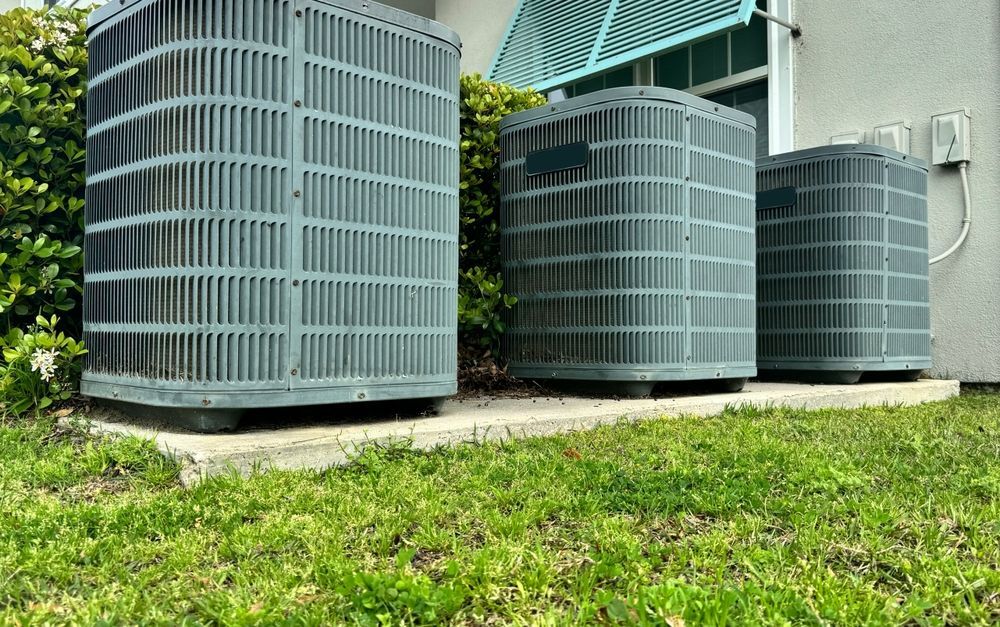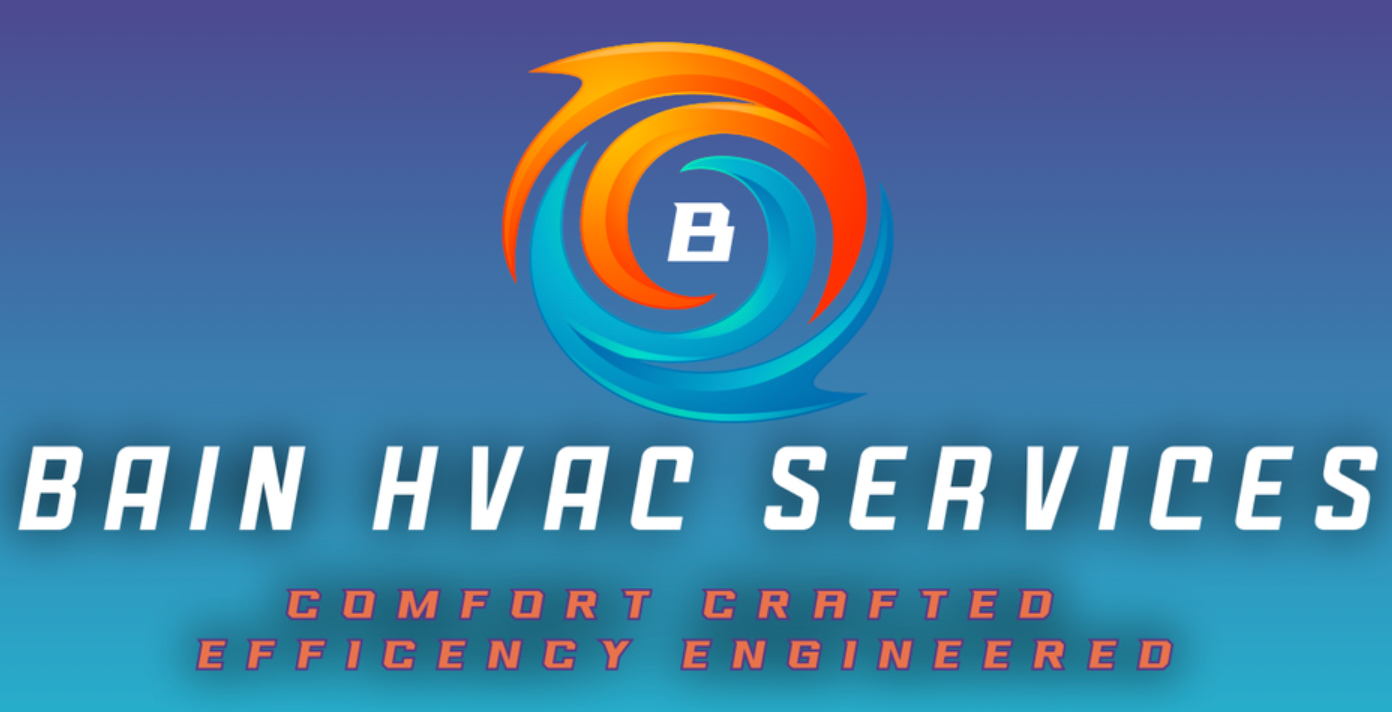Special running through the end of April
$99.00 tune up and $69.00 for each additional system in the home
Blog

April 2, 2025
Heating, ventilation, and air conditioning (HVAC) systems are essential for maintaining a comfortable indoor environment throughout the year. Whether it’s keeping your home warm in winter or cool in summer, a well-functioning HVAC system is crucial. However, to ensure efficiency, longevity, and optimal performance, regular maintenance is a must. In this guide, we’ll explore the importance of HVAC maintenance, key maintenance tasks, and tips for keeping your system in top shape. Why HVAC Maintenance is Important Neglecting HVAC maintenance can lead to numerous problems, including increased energy costs, poor air quality, frequent breakdowns, and reduced lifespan of your system. Here are some key reasons why regular maintenance is necessary: 1. Improved Energy Efficiency A well-maintained HVAC system operates more efficiently, consuming less energy and reducing utility bills. Dirty filters, clogged ducts, and malfunctioning parts force the system to work harder, increasing energy consumption. 2. Prolonged System Lifespan Routine maintenance prevents major issues, reducing wear and tear on components and extending the life of your HVAC system. 3. Better Indoor Air Quality Dust, mold, and other airborne contaminants accumulate in HVAC systems over time. Regular cleaning and maintenance ensure that the air circulating in your home remains clean and healthy. 4. Fewer Repairs and Breakdowns Identifying and fixing small issues before they escalate can save you from costly emergency repairs and unexpected system failures. 5. Enhanced Comfort A well-functioning HVAC system ensures consistent temperature control, keeping your home comfortable regardless of the season. Essential HVAC Maintenance Tasks To keep your HVAC system running efficiently, it’s important to follow a maintenance routine. Below are key tasks that should be performed regularly. 1. Change or Clean Air Filters Dirty air filters restrict airflow, making your system work harder and reducing indoor air quality. Change disposable filters every 1-3 months and clean reusable ones according to manufacturer guidelines. 2. Inspect and Clean Ductwork Dust, debris, and mold can accumulate in air ducts, affecting airflow and air quality. Inspect and clean your ductwork annually to prevent blockages and contamination. 3. Check Thermostat Settings Ensure your thermostat is functioning properly and set at an optimal temperature for energy efficiency. Consider upgrading to a programmable thermostat for better control over heating and cooling schedules. 4. Lubricate Moving Parts Friction between moving parts can cause wear and tear, leading to inefficiency. Lubricate motors, fans, and other moving components to reduce strain and extend the lifespan of your system. 5. Inspect Electrical Connections Loose or faulty electrical connections can cause system malfunctions or pose safety hazards. Check connections regularly and tighten or repair as needed. 6. Clean the Condenser and Evaporator Coils Dirt and debris on coils reduce efficiency by hindering heat exchange. Clean both the condenser and evaporator coils at least once a year to maintain performance. 7. Check Refrigerant Levels Low refrigerant levels can indicate a leak and result in inefficient cooling. Have a professional check and refill refrigerant if necessary. 8. Clear the Drain Line Clogged drain lines can cause water leaks and humidity issues. Flush the drain line with a mixture of water and vinegar to prevent buildup. 9. Inspect the Blower Motor and Fan A malfunctioning blower motor or fan can reduce airflow, affecting system performance. Inspect and clean these components regularly. 10. Schedule Professional Maintenance While many tasks can be done by homeowners, scheduling an annual professional inspection ensures that all components are in good condition and any potential issues are addressed before they become major problems. Seasonal HVAC Maintenance Checklist Performing seasonal maintenance can help keep your HVAC system in peak condition throughout the year. Here’s a seasonal breakdown of maintenance tasks: Spring and Summer Replace air filters. Clean condenser coils. Check refrigerant levels. Inspect ductwork for leaks. Test thermostat settings. Ensure outdoor unit is free from debris. Fall and Winter Replace air filters. Inspect and clean heat exchanger. Check furnace burners and pilot light. Test carbon monoxide detectors. Inspect insulation and weather stripping. Ensure vents and registers are unblocked. DIY vs. Professional HVAC Maintenance While many maintenance tasks can be performed by homeowners, some require professional expertise. Here’s a breakdown of what you can do yourself and what’s best left to the experts: DIY Maintenance Changing or cleaning air filters. Keeping outdoor units clear of debris. Checking thermostat settings. Cleaning vents and registers. Flushing the drain line. Professional Maintenance Inspecting and repairing electrical connections. Checking refrigerant levels and detecting leaks. Cleaning and calibrating internal components. Performing safety checks on furnaces and heat pumps. Conducting a comprehensive system diagnostic. Final Thoughts Regular HVAC maintenance is essential for efficiency, cost savings, and comfort. By following a routine maintenance schedule and seeking professional inspections when needed, you can prevent costly breakdowns and extend the life of your system. Whether you handle basic tasks yourself or rely on a professional, maintaining your HVAC system ensures that your home remains comfortable and energy-efficient all year round. If you haven’t scheduled HVAC maintenance yet, now is the perfect time to do so. A little effort today can save you from expensive repairs and discomfort in the future!
